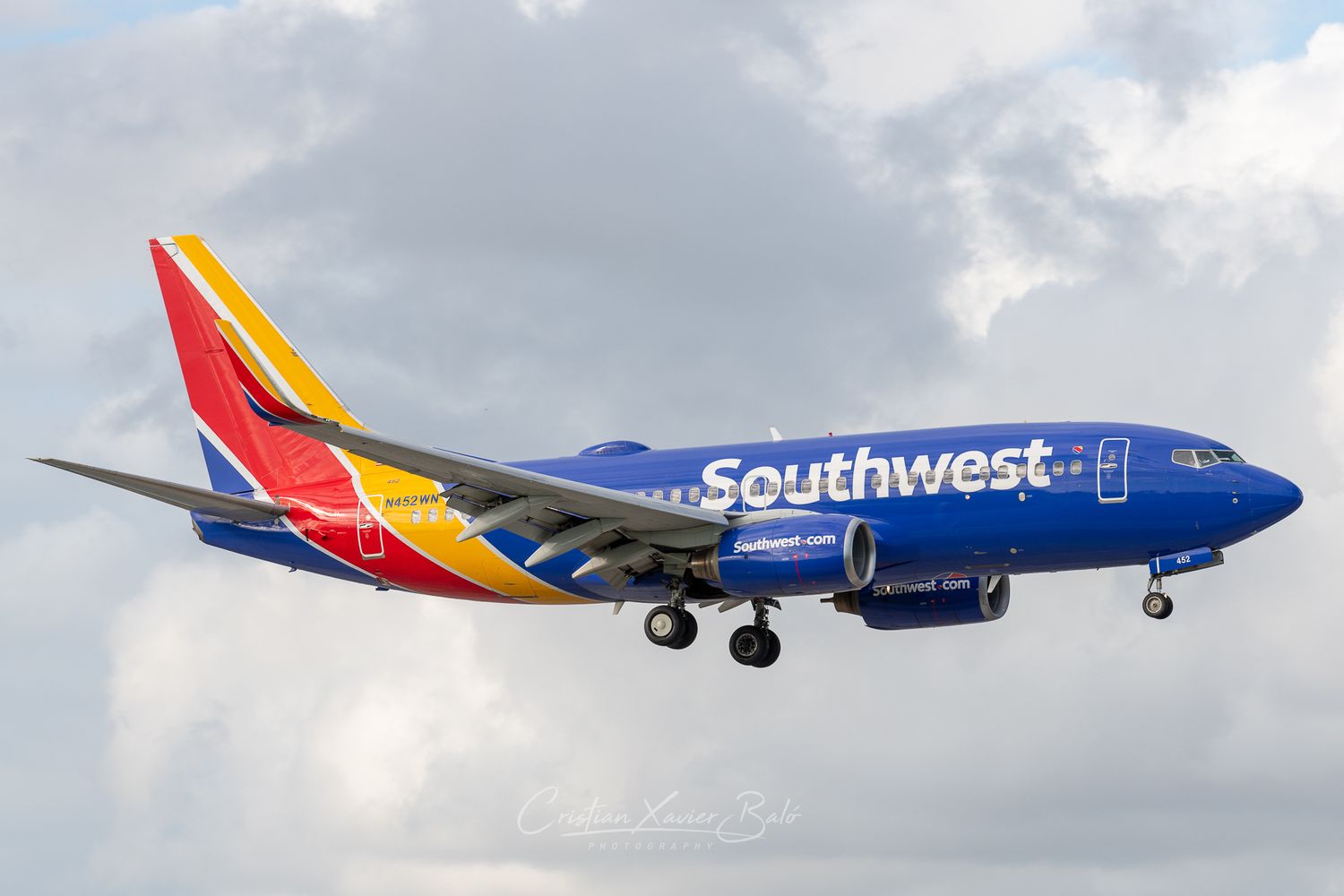FAA Issues New Airworthiness Directive for Boeing 737 NG Aircraft Due to Software Errors
The Federal Aviation Administration (FAA) has issued a new Airworthiness Directive (AD) affecting Boeing 737 Next Generation (NG) aircraft, following reports of critical software errors that could cause cockpit display units to malfunction. This new directive, AD 2024-16-10, supersedes a previous directive from 2019 and mandates the installation of updated software to prevent further incidents.
The software issue, which primarily impacts Boeing 737-600, 737-700, 737-700C, 737-800, 737-900, and 737-900ER models, was linked to errors in the Display Electronic Unit (DEU) when aircraft select specific instrument approaches to certain runways. These errors could result in the blanking of all six cockpit Display Units (DUs), potentially compromising the safety of flights during landing procedures.
The new directive requires airlines to revise their Airplane Flight Manuals (AFM) to reflect new operational procedures, install updated DEU software developed by Boeing, and conduct software configuration checks to ensure correct installation. The FAA noted that these changes would prevent the blanking behavior and ensure the continued safe flight and landing of affected aircraft.
Runways and Airports Impacted
The issue is specific to a small number of runways worldwide, where the software error could be triggered by selecting an instrument approach. The following runways have been identified as susceptible to this issue:
- Pine Bluffs Municipal Airport (82V), Wyoming, USA – Runway 26
- Wayne County Airport (KBJJ), Ohio, USA – Runway 28
- Chippewa County International Airport (KCIU), Michigan, USA – Runway 28
- Cavern City Air Terminal (KCNM), New Mexico, USA – Runway 26
- Wiley Post-Will Rogers Memorial Airport (PABR), Barrow, Alaska, USA – Runway 25
- La Mina Airport (SKLM), La Guajira, Colombia – Runway 28
- Cheddi Jagan International Airport (SYCJ), Georgetown, Guyana – Runway 29
Costs and Compliance
The FAA estimates that this AD will affect 1,739 Boeing 737 aircraft registered in the U.S., with the compliance costs expected to reach up to $1.99 million for U.S. operators. The cost per airplane includes software installation and the necessary configuration checks.
Airlines have until October 28, 2024, to comply with the new directive. Aircraft configured with Common Display System (CDS) Block Point 06 are exempt from these software updates, as this version does not contain the error leading to the display blanking issue.
The new directive stems from reports of display failures during flights to specific runways, with a significant case occurring in Barrow, Alaska, where the DEU software malfunctioned during an instrument approach. After an investigation, it was found that a combination of software versions and specific latitude and longitude values at certain runways caused the blanking of all six cockpit displays.
The FAA’s proactive measure, supported by major stakeholders such as Boeing and Southwest Airlines, aims to mitigate any further risks posed by these software errors.


Comentarios
Para comentar, debés estar registrado
Por favor, iniciá sesión